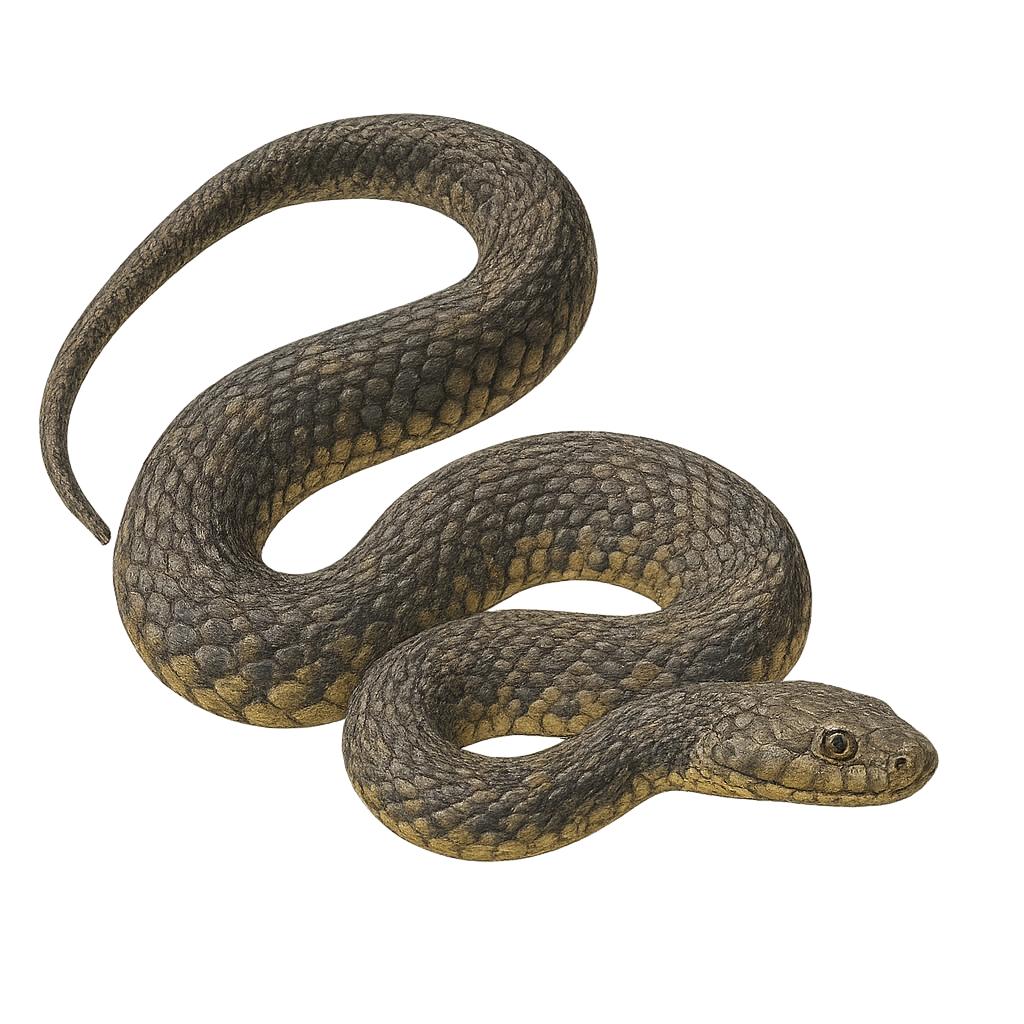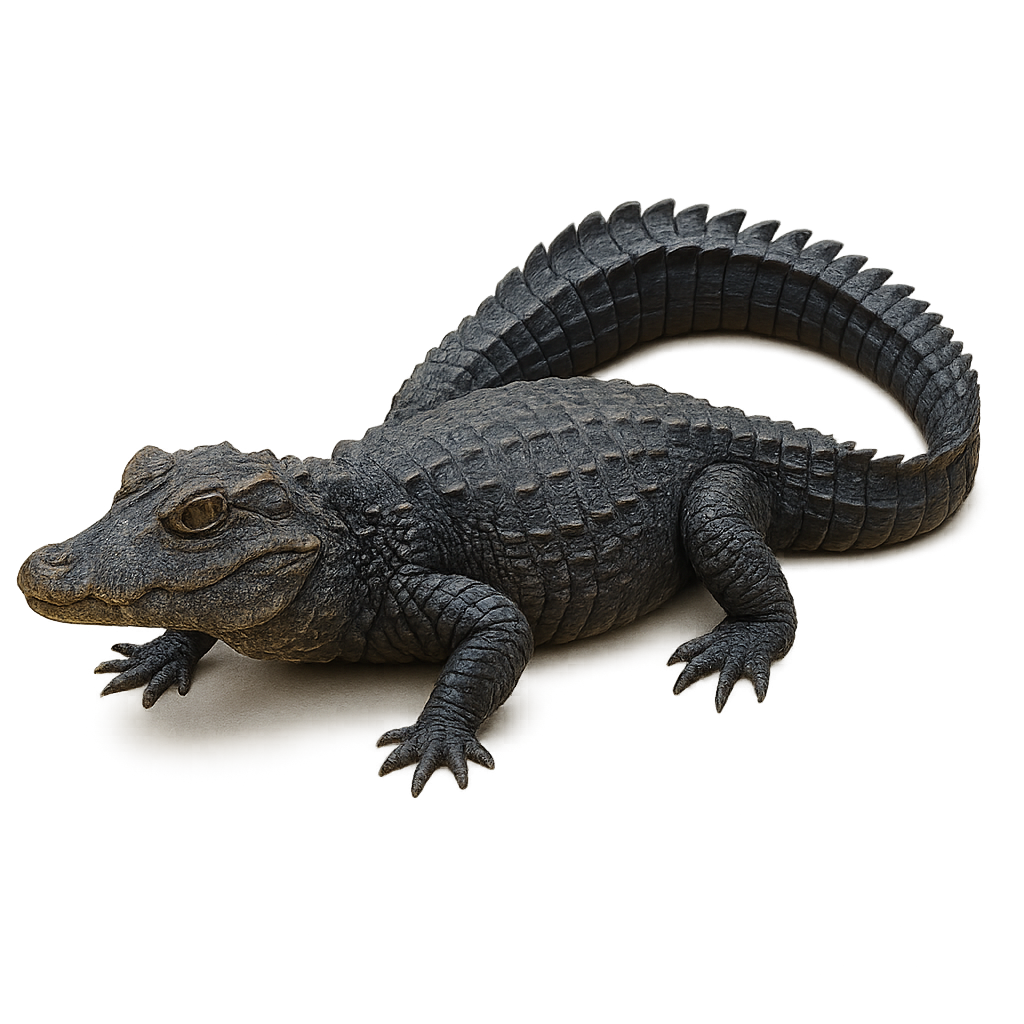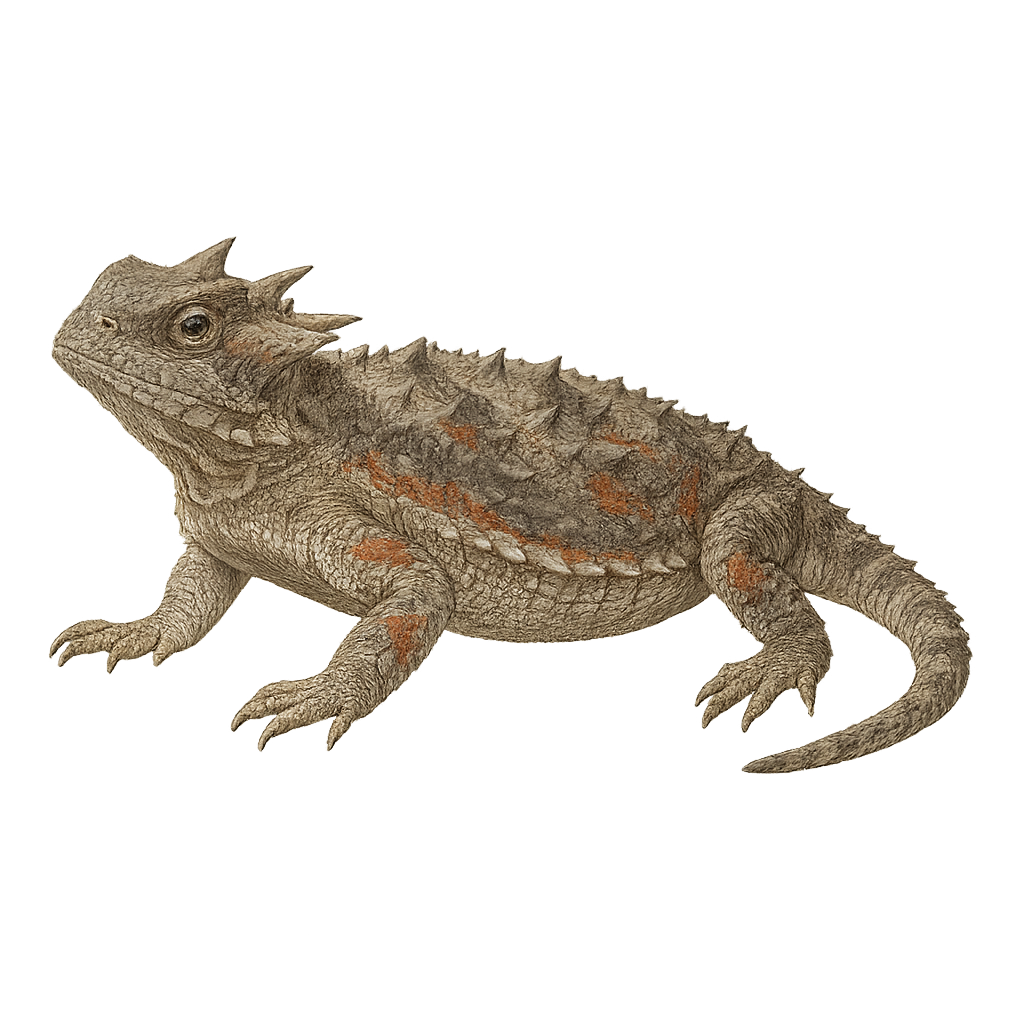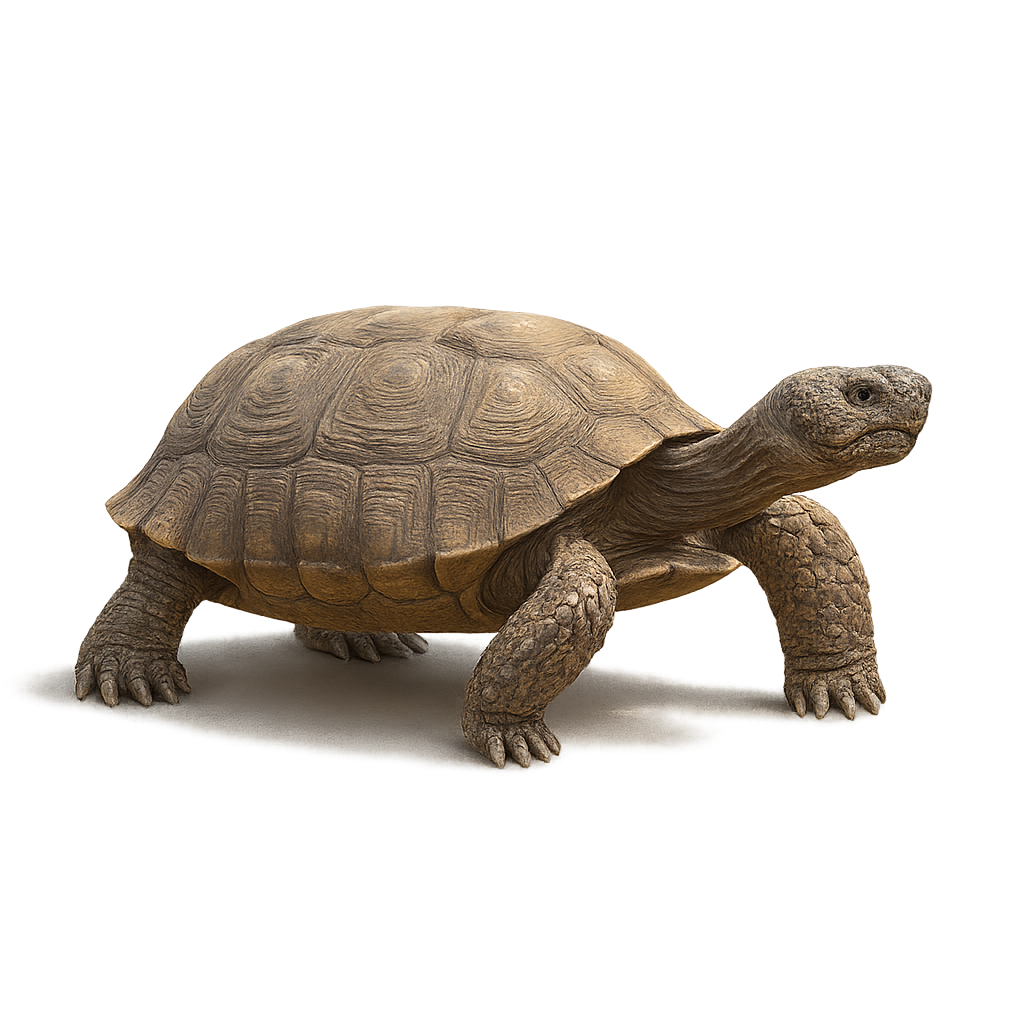Your wildlife tracking tool..
Browse 2,846species by country, track observations, and plan your photo outings.
Your global reference for wildlife photography
WildlifePhotographer gives you access to over 2,846 wildlife species sheets to help you identify, understand, and photograph wildlife around the world. Mammals, birds, reptiles… each sheet provides key information: habitat, activity, life cycle, signs of presence, and tailored photo tips.
Our database grows every week with new iconic species. To go further, access maps, reminders, logs, and personalized statistics in the app — designed to meet the real needs of wildlife photographers in the field.
Dice snake
Natrix tessellata
The dice snake, Natrix tessellata, is a medium-sized semi-aquatic snake, typically measuring between 70 and 100 cm. It has a slender body with a distinctive checkerboard pattern on its back, consisting of dark spots on a lighter background. Its coloration ranges from gray to brown, sometimes with greenish hues. It is often found near freshwater bodies, such as rivers and lakes, where it primarily feeds on fish and amphibians. Although non-venomous and harmless to humans, it can emit an unpleasant odor when threatened.
Dwarf crocodile
Osteolaemus tetraspis
The African dwarf crocodile is a small semi-aquatic crocodilian, measuring 1–1.5 m in length, with a robust body, broad head, and dark brown and black mottled skin. It inhabits forest swamps, slow-moving tributaries, and wetlands of West and Central Africa, feeding primarily on fish, crustaceans, and aquatic invertebrates. Solitary and crepuscular, it shelters in burrows or under tree roots.
Dumeril's monitor
Varanus dumerilii
This semi-aquatic varanid lizard can reach 1.2 m in length, with a robust dark brown body marked by yellow crossbars. It inhabits humid forests and mangrove swamps of Southeast Asia, feeding mainly on crabs, molluscs and small vertebrates. During breeding, females dig burrows to lay clutches of 4–23 eggs.
Desert Horned Lizard
Phrynosoma platyrhinos
The Phrynosoma platyrhinos, or Desert Horned Lizard, is a fascinating reptile primarily inhabiting the arid regions of the western United States and northern Mexico. This lizard is easily recognizable by its flattened body and prominent head horns. Its coloration ranges from brown to gray, allowing it to blend into its desert surroundings. It primarily feeds on ants but can also consume other insects. This lizard has developed a unique defense mechanism: when threatened, it can squirt blood from its eyes to disorient predators. Although well-adapted to its habitat, it is vulnerable to habitat loss.
Desert tortoise
Gopherus agassizii
The desert tortoise, Gopherus agassizii, is an iconic species of the arid regions of the southwestern United States and northern Mexico. Well adapted to its dry environment, it spends up to 95% of its time in burrows to protect itself from extreme heat and conserve moisture. Its shell, which can reach 15 inches in length, is brownish, allowing it to blend into the desert landscape. As a herbivore, it primarily feeds on grasses, wildflowers, and cacti. The desert tortoise plays a crucial role in its ecosystem, with its burrows providing shelter for many other species. Unfortunately, it is threatened by habitat loss, disease, and vehicle collisions.






